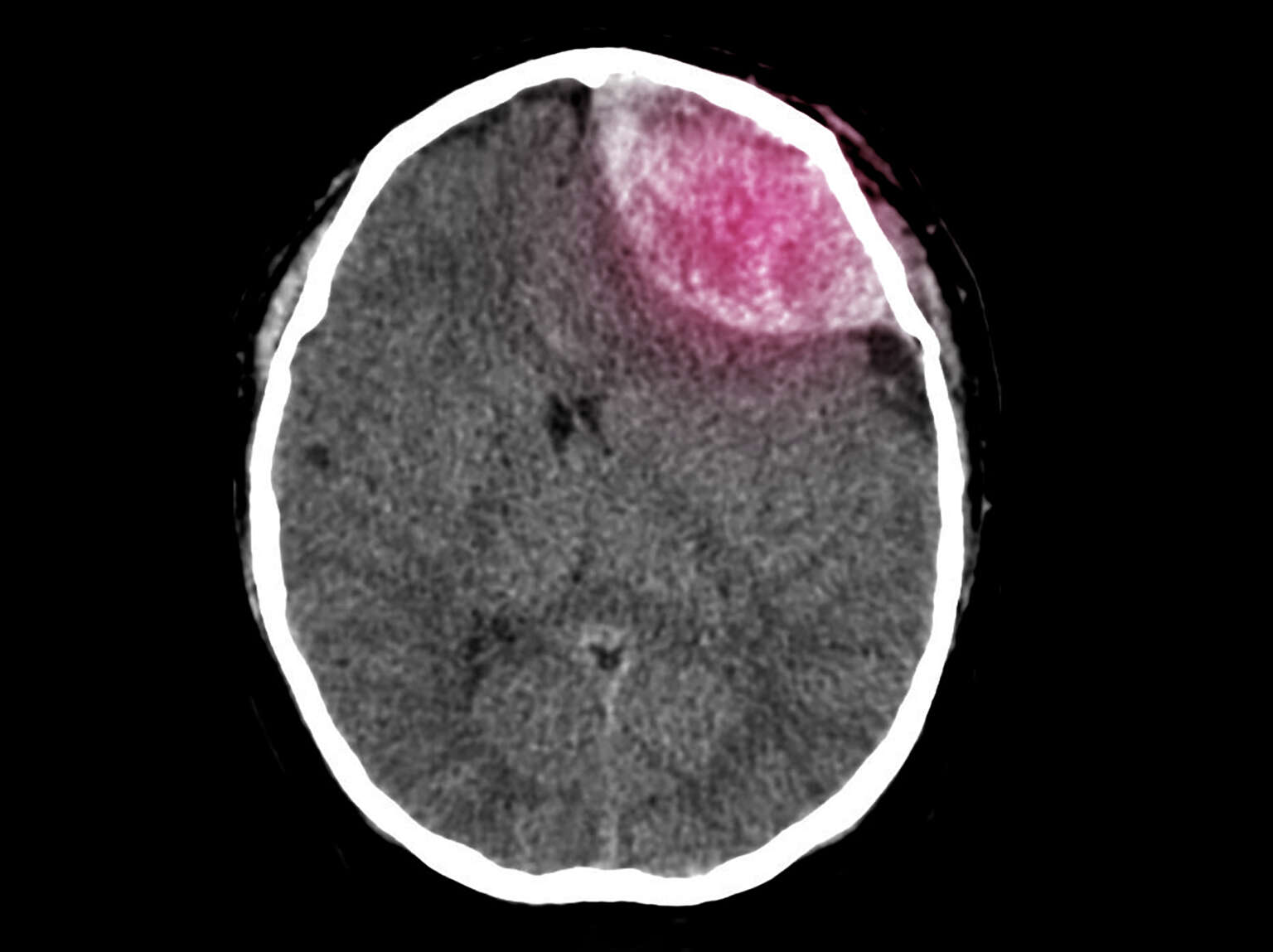What is a Craniotomy for Infection?
A Craniotomy is a surgical procedure that opens up the skull to fix a problem in the brain, like a brain abscess.
Procedures
The surgeon will make the incision near the area of the brain that needs treatment. They may use a special saw to cut the bone flap, or a medical drill to create small holes.
This is followed by an incision made in the brain’s covering, the dura mater. Ideally, the tumor will be completely removed, if possible. The doctor will then stitch together any cut tissues, and reattach bone flaps with sutures, plates, or wires.
In some cases, complete removal may not be possible. Surgery can relieve symptoms and lower pressure within the brain even if the tumor cannot be completely removed.
If the tumor is only partially removed, it may need additional treatment, such as radiation therapy. Likewise, additional treatment may be required if the craniotomy reveals a malignant brain tumor.
Recovery

Who Needs a Craniotomy for Infection?
Procedures
Your scalp and eyes may swell, and you have numbness and shooting pains near the treatment area. The wound may itch during the healing process. Cold packs and medicines can relieve headaches, pain, swelling, and itching. These symptoms are a normal part of the healing process.
Within seven to ten days, the stitches that hold your incisions together may fall out on their own. Some patients may need a plate attached to hold the skull flap in place while it heals.
Additionally, patients may need physical therapy after leaving the hospital.
